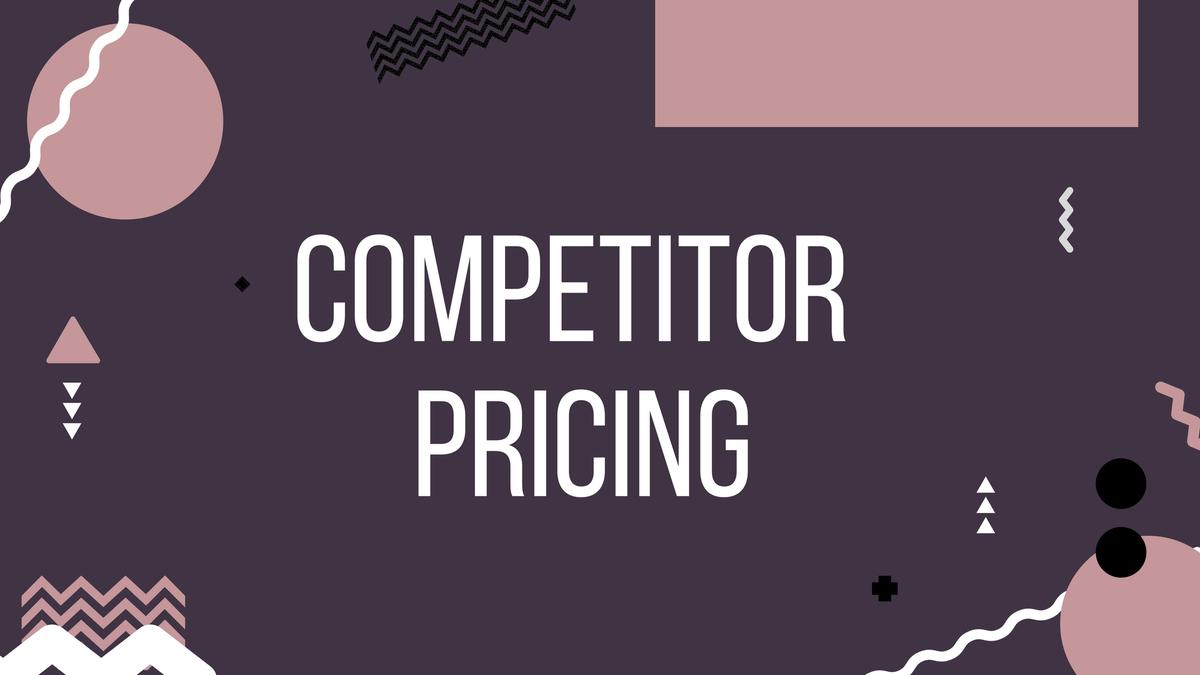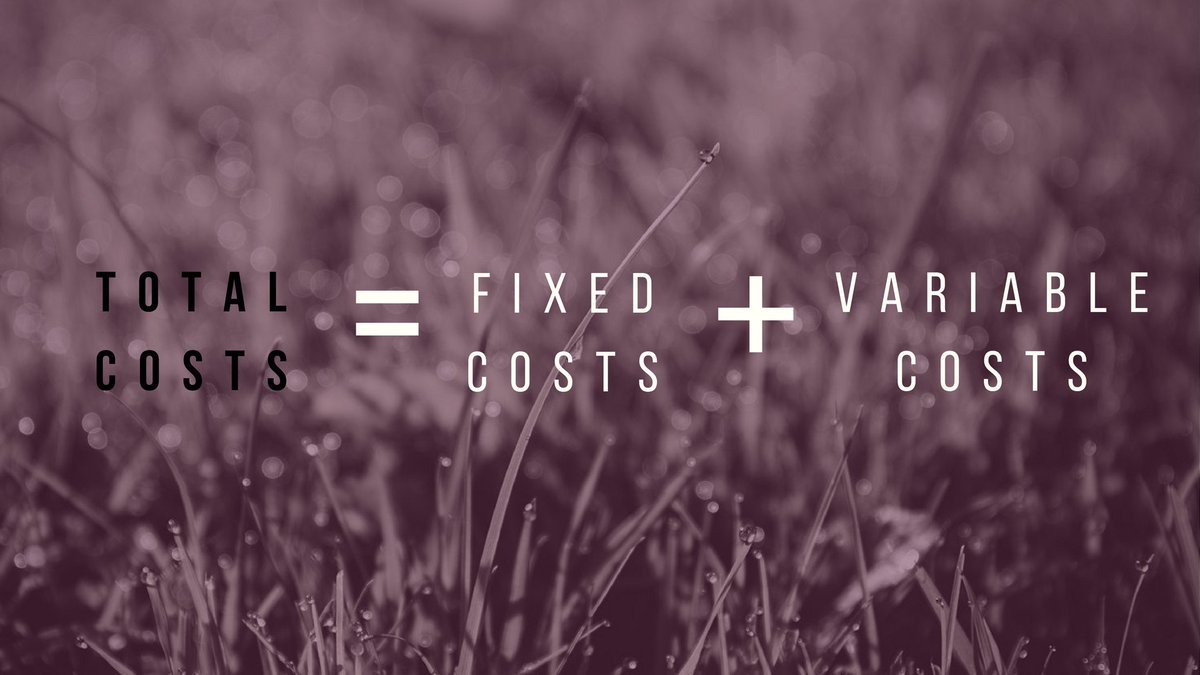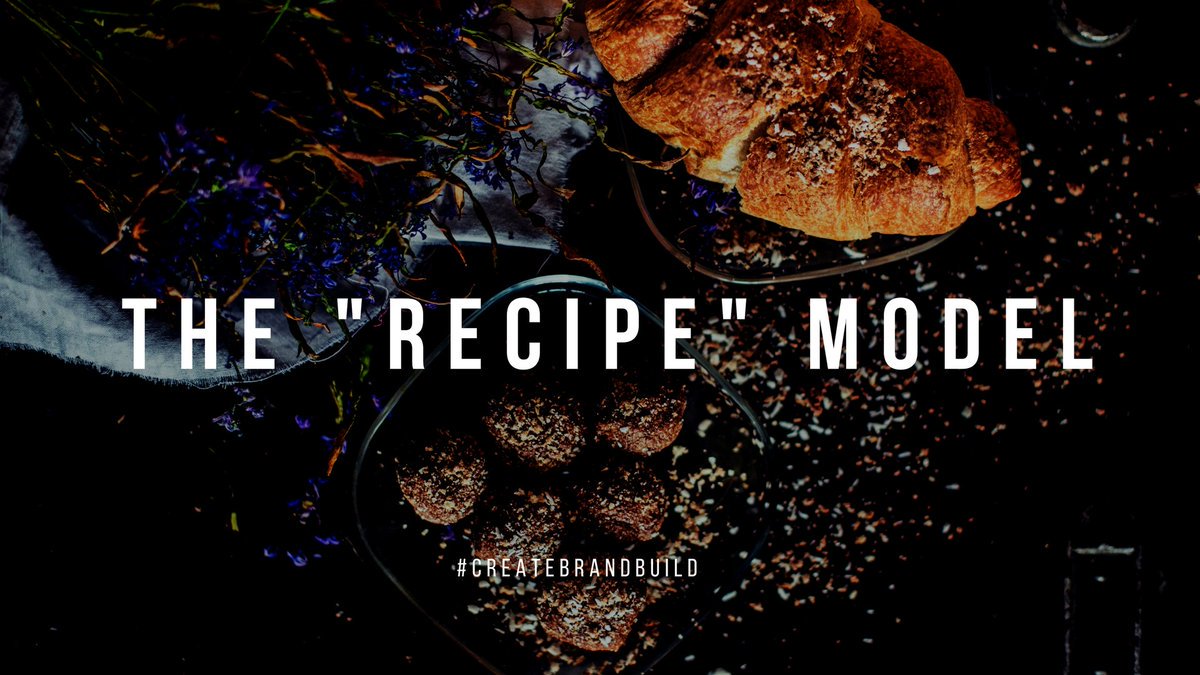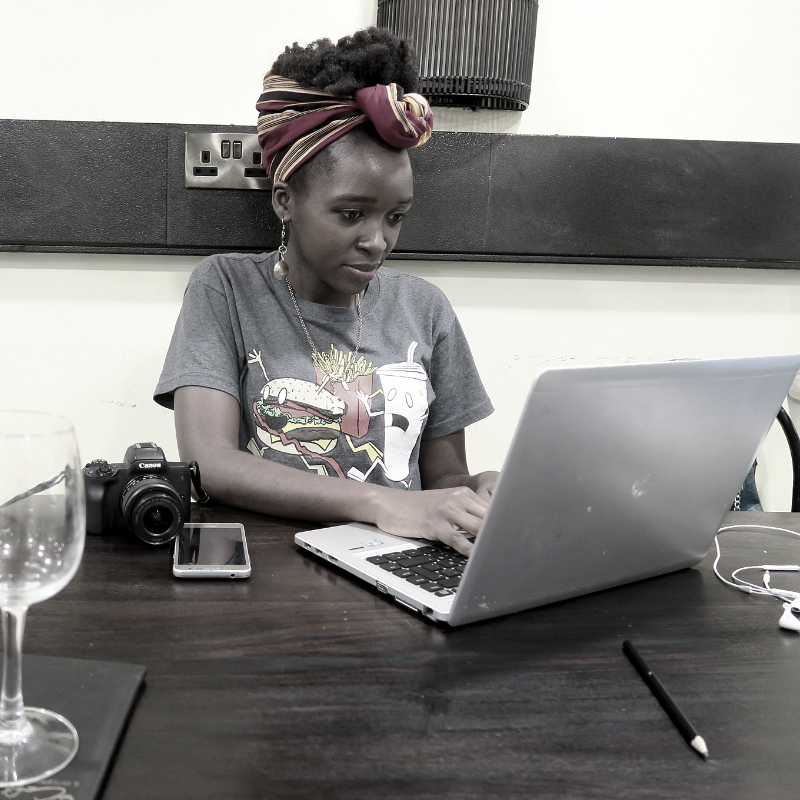Pricing can be such a challenge for freelancers and content creators. Sometimes, it is not easy to put a price on the work you do as a creative. We will give you different pricing strategies that can be used by creatives. Some of them are adapted from businesses.
1. Competitor pricing.
Creatives need to look at what others in their country and niche are charging. For example, I was a food writer. I would check my prices against other food writers. Most people will be very skeptical to give away details on how much they charge for services.
For example, when you go for events, or you come across someone who you have a rapport with, you can ask them, “Oh, by the way, I was curious. How much do you charge for your services?”. Some people will happily tell you. If you are lucky enough to get some details, use that to compare with what you are charging.
It’s important to do that pricing check and see what other freelancers in your niche are charging. You can also use online work sites like Upwork to compare your prices.
2. The cost plus pricing model
This is a model whereby you look at your initial cost, how much money you’ve used to produce your content and how much you will make as a profit.
For example, let’s say I’m doing a campaign for you. You’ve invited me to your restaurant or to your wine shop to take photos. I need to put in all my costs, my photographer, the work that I am going to do, my internet e.t.c.
These costs are split into fixed costs and variable cost. Fixed costs are those that you incur every time. For example, if you buy gear, you have to account for the costs (personal + fixed).
Variable costs are costs that vary with the level of output. For example, if am doing a review for a restaurant that is in Nairobi and a restaurant that is in Mombasa, I’m not going to charge them the same because I have to account for my travel costs.
3. The recipe model.
Each client will have a different request and demand for your services. That way your pricing will have to fit in with their demands.
For example here at Attisfire, we decided, because every client had different demands like some would want social media management services, others would want to social media coupled with blogging, others would want different things.
What we did was break it down by pricing. Think about baking a black forest cake and let’s say Red Velvet cake. The costs won’t be the same because of the ingredients used and how they’ve come right at the specific kick.
The same thing applies to your services, if you meet someone, you have to really know how to break down those legal costs necessitating the need to use the recipe method whereby you deconstruct your whole service which is a very unique way and simple way of deconstructing pricing models that look very complicated for you.
4. Next is the perception of price.
We live in an age where people think that the higher the price the more premium.
For example, a seller will purchase a handbag for 1000 Kenya shillings and then price it to 2000 Kenya shillings, a different seller will do the same and price it at 7000 shillings but because people think the price is expensive equals, they are going to go for the one that is 7000.
There can also be a situation where you are dealing with a premium market. If you’re dealing with a premium market, obviously, you’re going to increase your price because you want to be of more value for that kind of market?
And what kind of clients are you trying to attract? For example, here at Attisfire, we work with small businesses and individuals who want to brand themselves, our market is not very luxurious, per se. It’s more of people with not-so-big budgets medium to large budgets. And yeah, we’re willing to do that, because that’s our niche market, we want to help the individual who doesn’t have a big budget.
However, some creators may be wanting to target luxury clientele so their charges will be higher than normal rates. So that’s another way to determine your pricing.
5. What are your long-term targets and goals as a creative?
When it comes to pricing, it is important it have into consideration the long-term achievements your service is looking at.
For example, you might have an online subscription where you want to move volumes or you want more people to Sign Up, you have to lower your price. However, if you don’t want to move volume where you only want to sell a few consultations a month, your price has to be very high.
6. Pricing depending on the client.
Sometimes you can change your price depending on the client, if a well-established company like Coca Cola comes to you today, and they want you to do some blogging up for them, and another may be a smaller brand started last year comes, obviously, you’re not going to give Coca Cola the same price that you give the other brand, it’s common sense.
At the end of the day, you need to be very discerning when it comes to pricing, try to get as much information as possible about the client, what they want from you write it down, have your contract ready.
In conclusion, as a freelancer just do your research and find out how much people are charging for their services there’s no concrete formula on how much you should charge for a service.
Whatever you charge has to cover all your expenses. So, it all depends on what you decide.
At Attisfire, our goal is to help you as either a creator or freelancer to use the internet creatively, effectively, and profitably. If you have any questions, feel free to reach out to us on our platforms.
Twitter
Instagram
Facebook page






